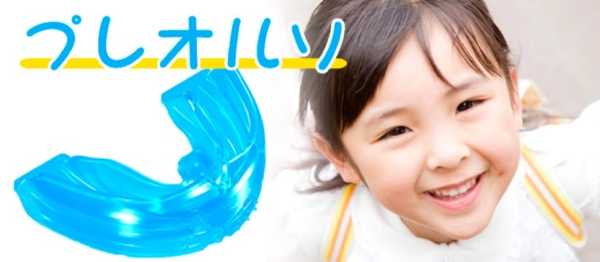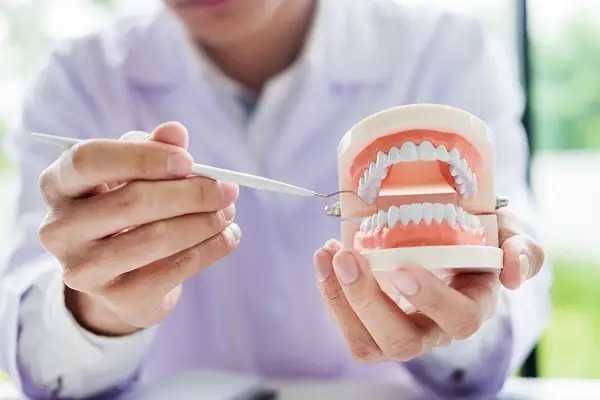Exploring the Future: A Smart Investor’s Guide to Top 5 Cryptocurrencies for 2025
Migraine Relief: The Benefits of Massage Therapy
Migraines are more than just intense headaches—they are debilitating conditions that can severely affect daily life and overall well-being. While many people turn to medication for relief, massage therapy has gained recognition as a powerful complementary treatment for both managing and preventing migraines. This holistic approach can offer substantial benefits to those dealing with chronic migraine pain.
Migraines are more than just intense headaches—they are debilitating conditions that can severely affect daily life and overall well-being. While many people turn to medication for relief, massage therapy has gained recognition as a powerful complementary treatment for both managing and preventing migraines. This holistic approach can offer substantial benefits to those dealing with chronic migraine pain.

What Are Migraines and How Can Massage Help?
Migraines are complex neurological events that can result from a combination of genetic, environmental, and lifestyle factors. Common triggers include stress, poor posture, hormonal shifts, and muscle tension, especially in the neck, shoulders, and upper back. Massage therapy addresses several of these triggers, promoting relaxation, reducing tension, and enhancing circulation, all of which can help alleviate migraine symptoms.
Massage therapy can provide migraine relief in a variety of ways:
Reducing Muscle Tension: Tension in the neck, shoulders, and upper back is a common cause of migraine discomfort. Massage helps relieve tight muscles, which can reduce pressure and frequency of migraines.
Improving Circulation: Better blood flow can help alleviate migraines, particularly those triggered by restricted circulation.
Lowering Stress Hormones: Massage has been shown to reduce cortisol, a hormone linked to stress, which is a common migraine trigger.
Enhancing Sleep Quality: Poor sleep is another known migraine trigger. Regular massage therapy can promote better sleep, which may help reduce the occurrence of migraines.
Types of Massage for Migraines
Different massage techniques target various aspects of migraine relief. Here are some of the most effective methods:
Trigger Point Therapy Trigger points are areas of muscle tightness that can refer pain to other parts of the body. These tight spots in the neck, shoulders, and upper back often trigger headaches in migraine sufferers. Trigger point therapy involves applying sustained pressure to these areas, helping to relieve the pain that radiates to the head.
Swedish Massage Swedish massage uses long, flowing strokes to promote relaxation and improve circulation. For individuals whose migraines are caused by stress or tension, Swedish massage can help reduce anxiety and improve blood flow, which may decrease the frequency and severity of migraines.
Deep Tissue Massage This technique uses firm pressure to target deeper muscle layers and connective tissue. Deep tissue massage can be beneficial for those with migraines caused by chronic muscle tension. It helps reduce stiffness, alleviate pain, and correct posture—factors that may contribute to migraines.
Craniosacral Therapy Craniosacral therapy focuses on the head and spine, using gentle pressure to improve the flow of cerebrospinal fluid and relieve head tension. This method is especially beneficial for those who are sensitive to touch, as it involves minimal pressure. It can alleviate the pressure in the head and help relax muscles in the neck and scalp.
Reflexology Reflexology is based on the concept that specific points on the feet, hands, and ears correspond to different organs and systems in the body. For migraine relief, reflexologists focus on pressure points related to the head, neck, and nervous system. This non-invasive technique offers an alternative for those who prefer to avoid direct head massage.
What to Expect from a Migraine Relief Massage
When you book a massage for migraine relief, your therapist will tailor the session to your needs. Here’s what you can expect:
Initial Consultation: Your therapist will ask about your migraine patterns, triggers, and any other relevant health information.
Customized Treatment Plan: The therapist will design a session that focuses on your unique triggers, such as neck tension, muscle tightness, or stress.
Comfortable Environment: To enhance the therapeutic effects, the therapist may create a quiet, dimly lit environment conducive to relaxation.
Aftercare Tips: Your therapist might suggest stretches, posture adjustments, or breathing exercises to help maintain the benefits of the massage and potentially reduce future migraines.
Maximizing Migraine Relief with Massage Therapy
To get the most out of your massage therapy sessions, consider the following tips:
Stay Consistent: Regular sessions, even once a month, can help reduce the frequency and intensity of migraines over time.
Communicate with Your Therapist: Inform your therapist about your specific triggers, such as neck pain or stress, so they can customize the massage accordingly.
Combine Therapies: Pairing massage therapy with other treatments like physical therapy, mindfulness meditation, or acupuncture can enhance the results.
Practice Self-Care: Incorporating gentle stretches and deep breathing exercises into your daily routine can complement the effects of massage therapy.
Hydrate: Drink plenty of water before and after your massage to help flush out toxins and minimize post-session soreness.
When to Consult a Healthcare Professional
While massage therapy can be an effective way to manage migraines, it’s important to consult a healthcare provider if:
You experience frequent or severe migraines.
You notice any new or worsening symptoms.
You experience additional symptoms such as dizziness, vision changes, or numbness.
A healthcare provider can help ensure there are no underlying conditions contributing to your migraines and suggest a comprehensive treatment plan that includes massage therapy.
Conclusion
Massage therapy offers a natural, non-invasive way to relieve and manage migraines, providing both immediate and long-term relief. By choosing the right techniques and incorporating regular sessions into your routine, you can significantly improve your quality of life and reduce migraine symptoms. If you suffer from migraines, consider giving massage therapy a try—it may be just the relief you’ve been seeking.











